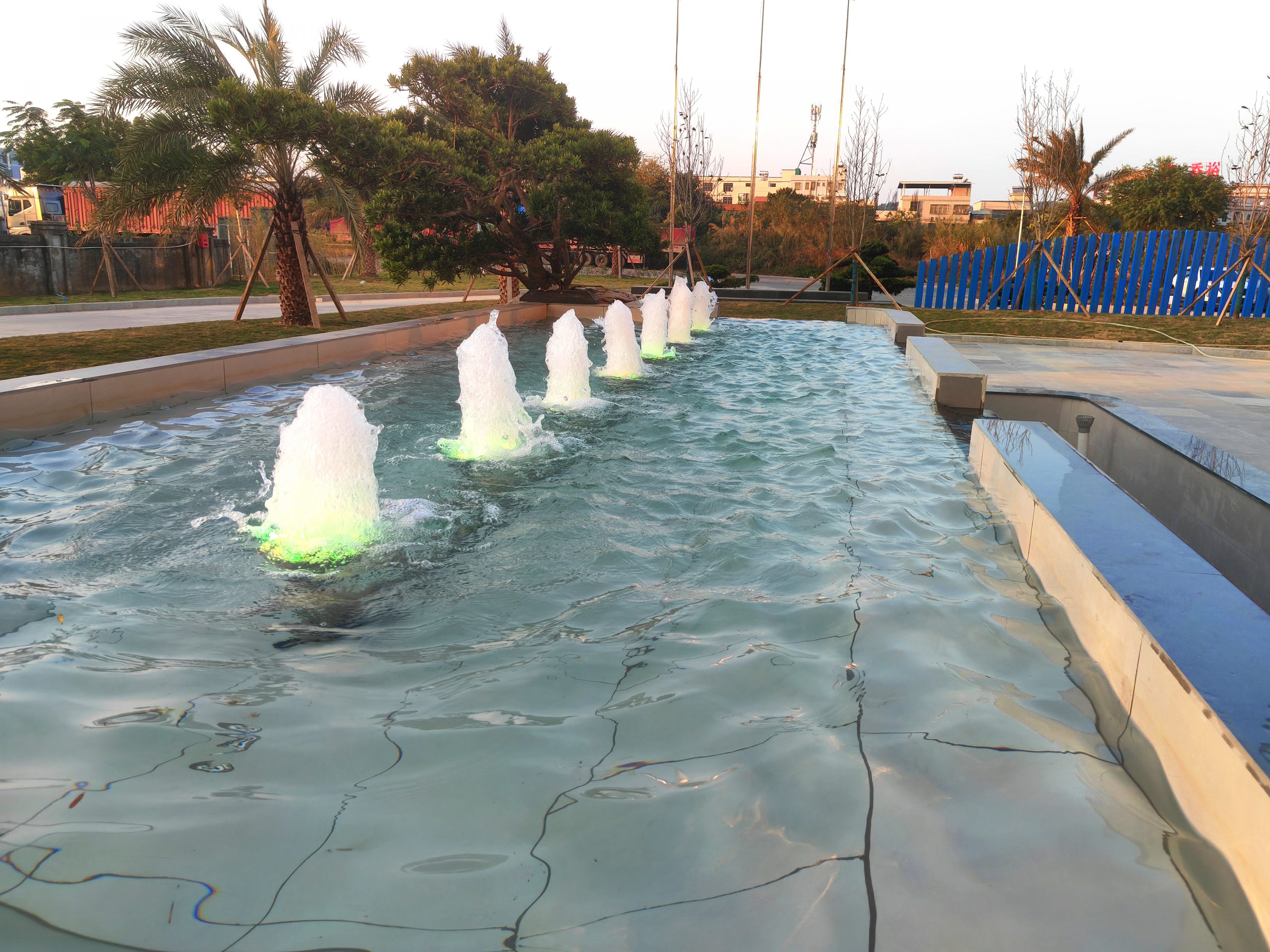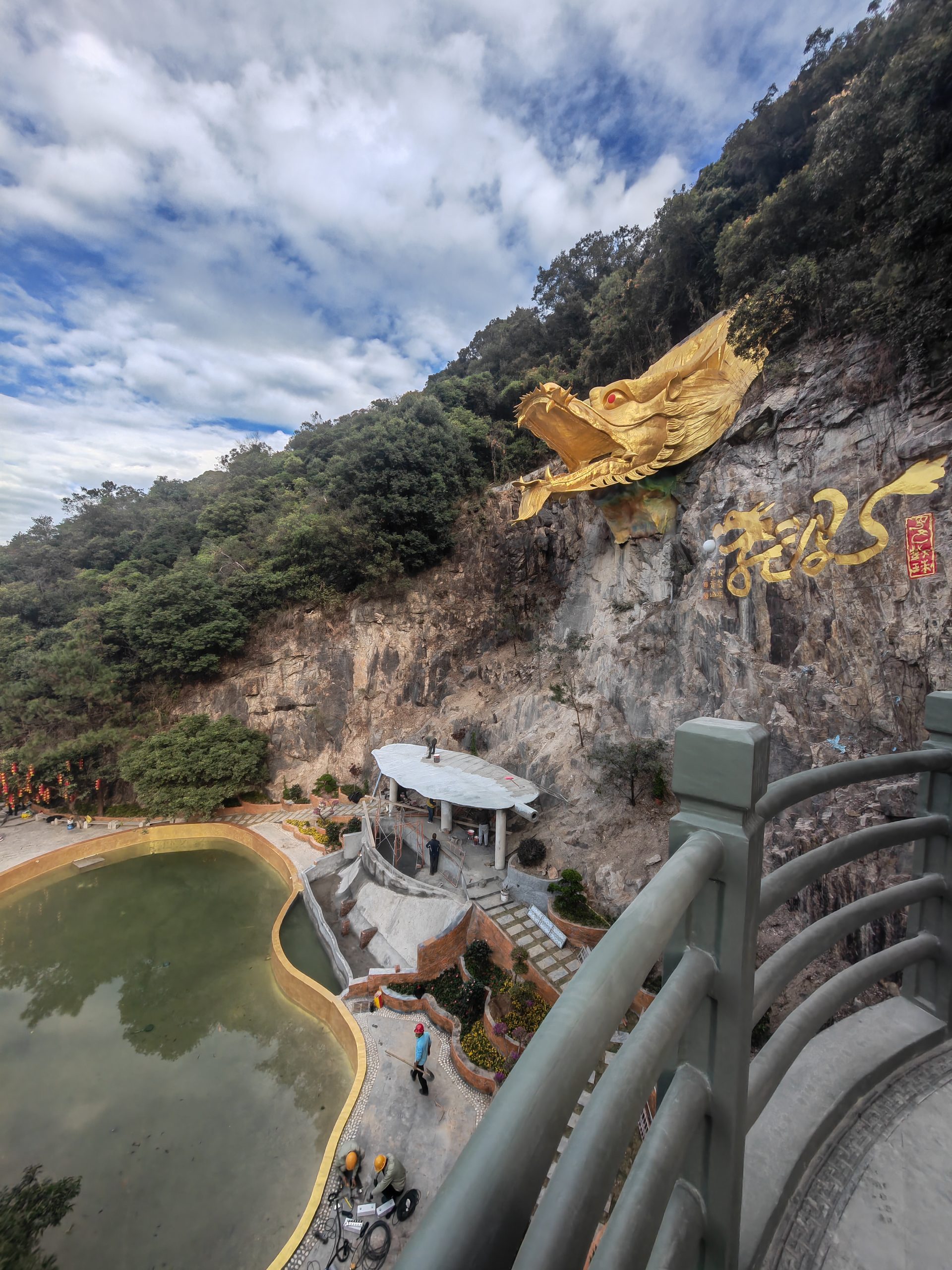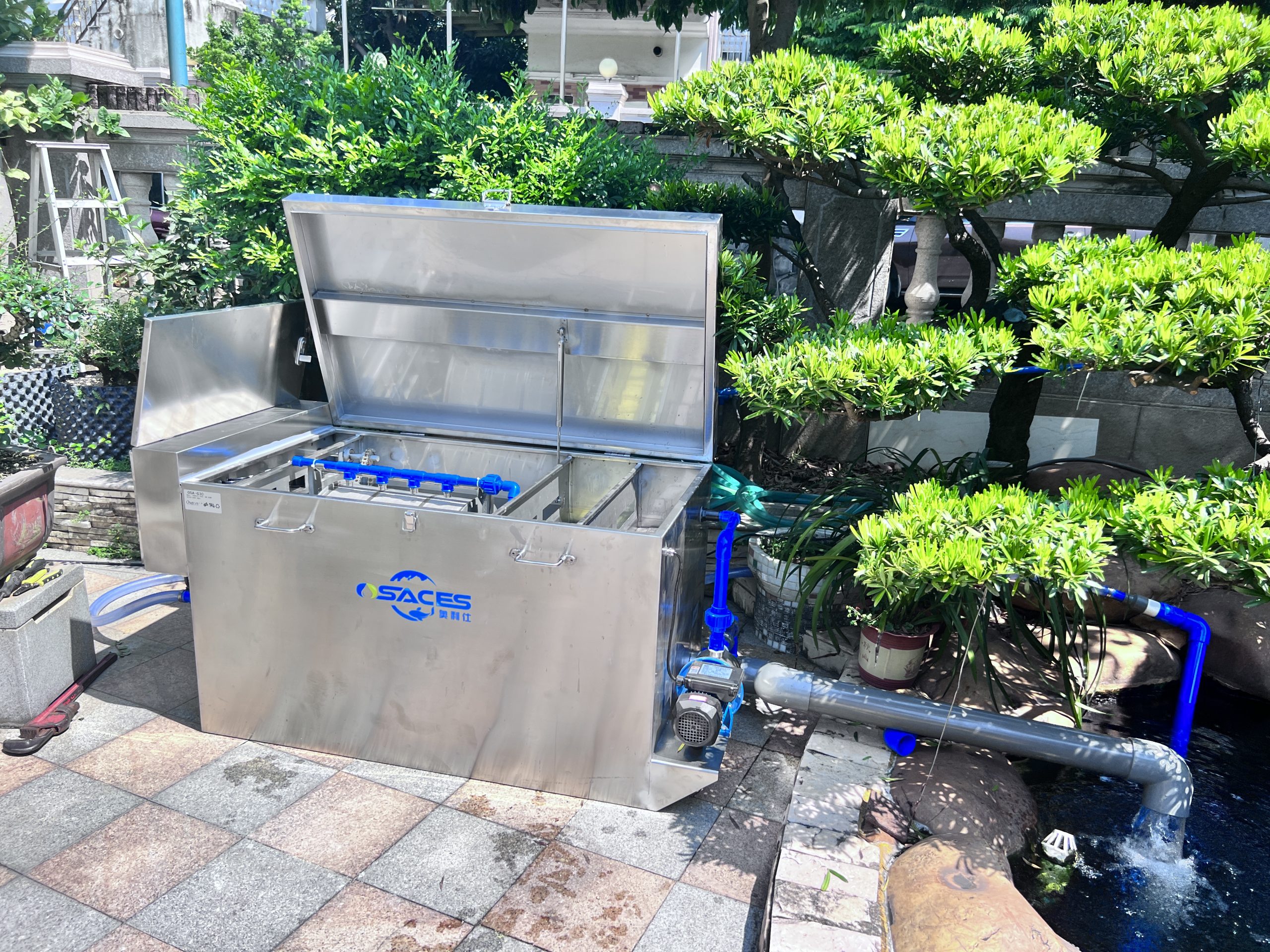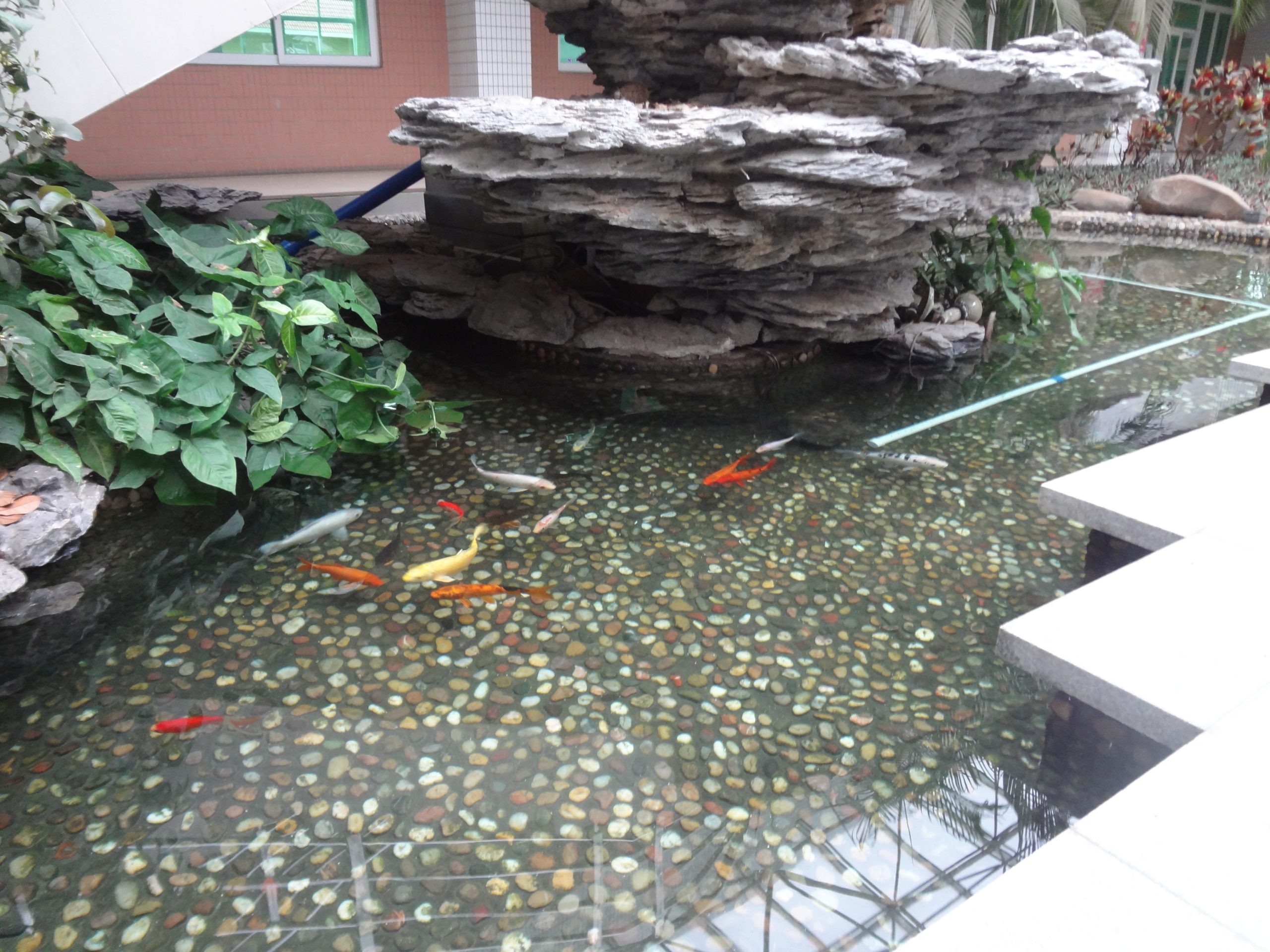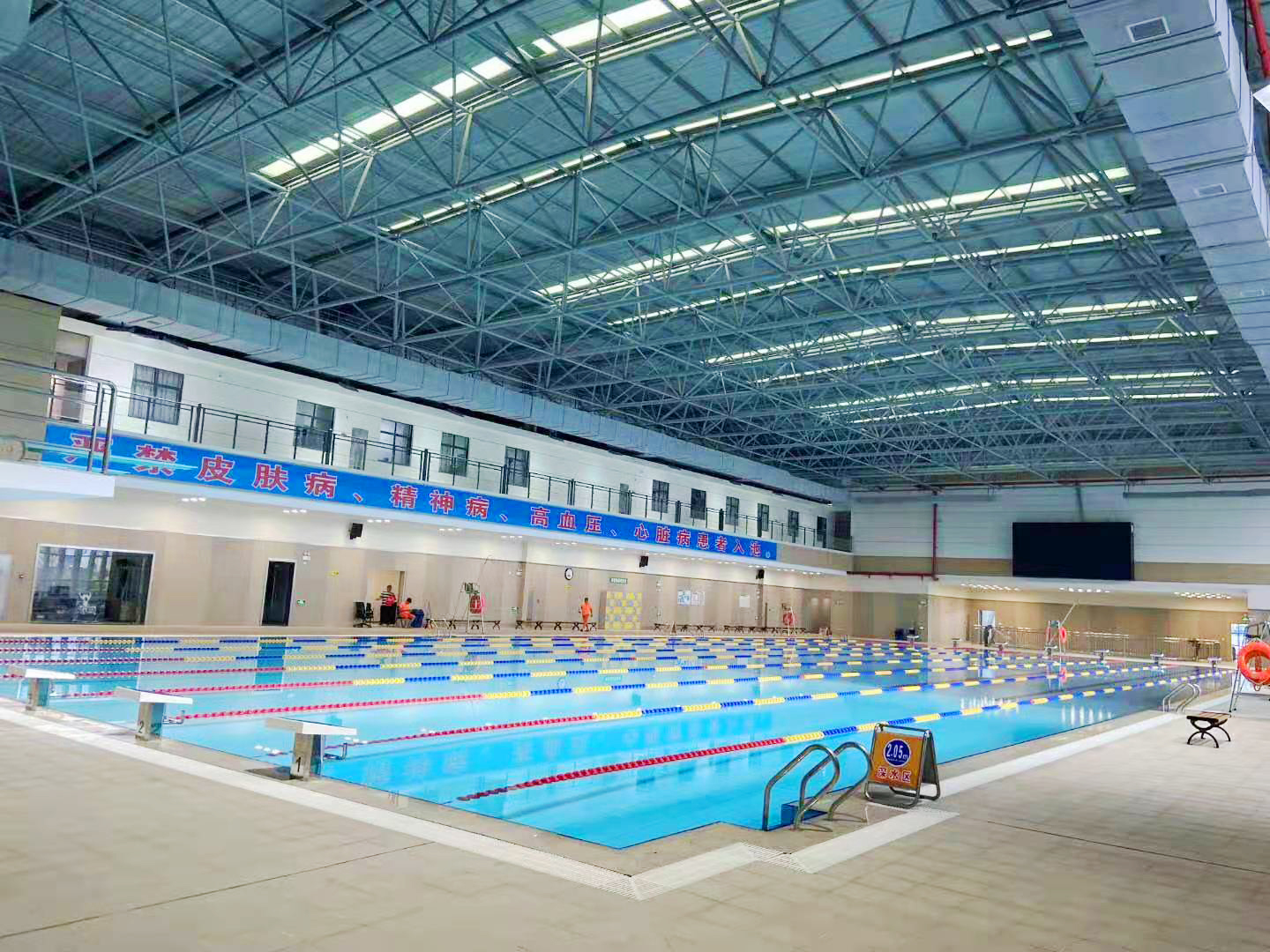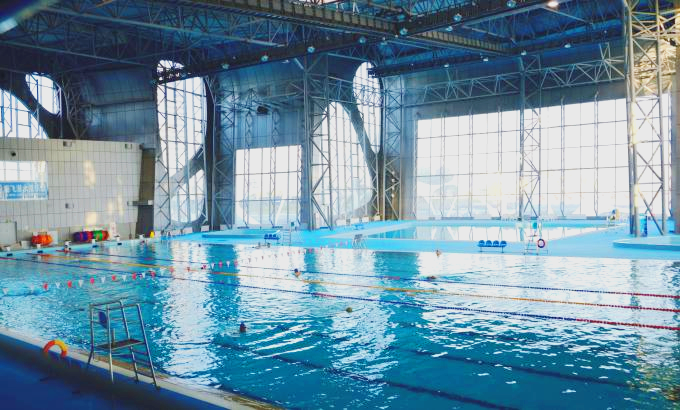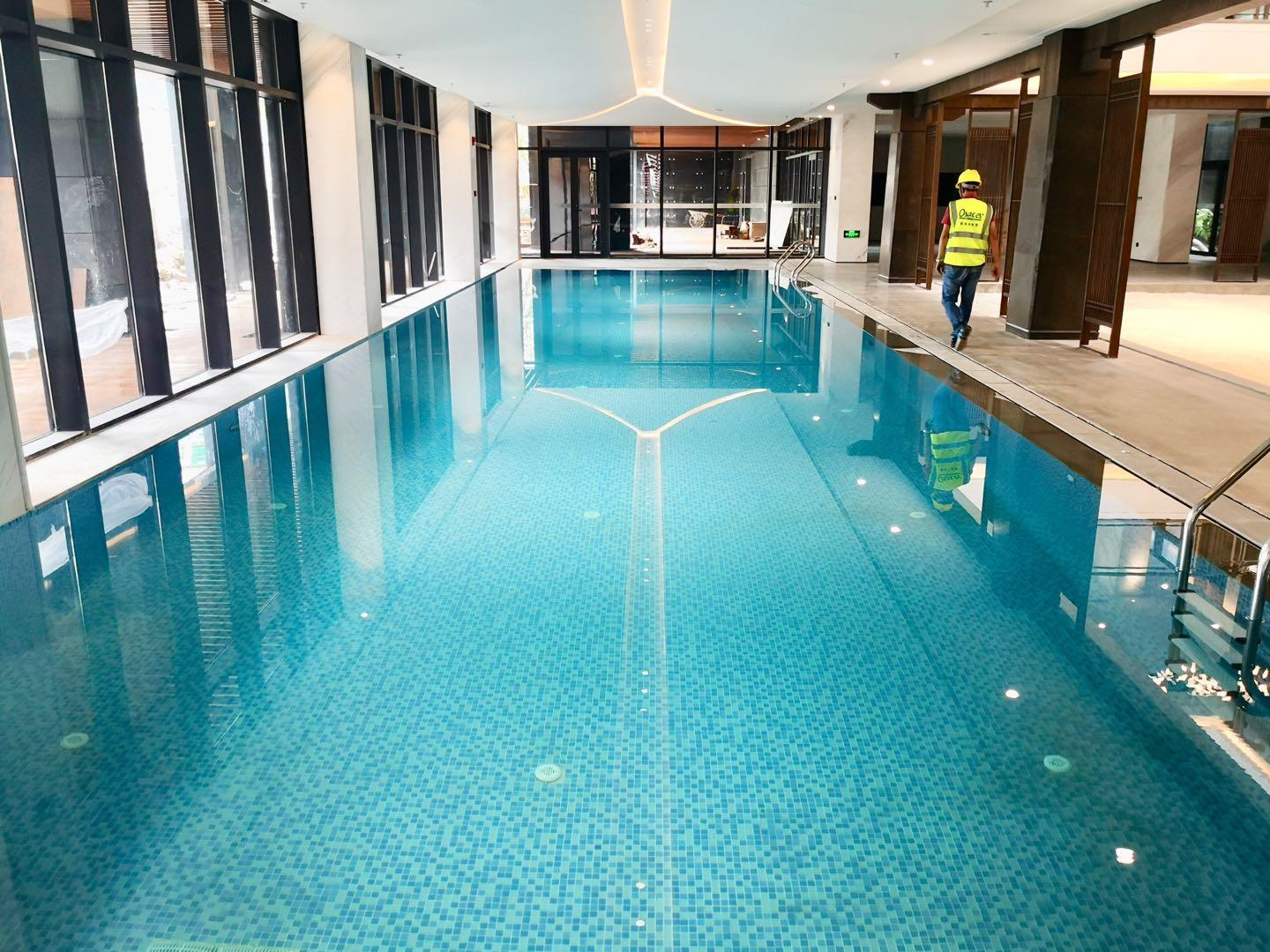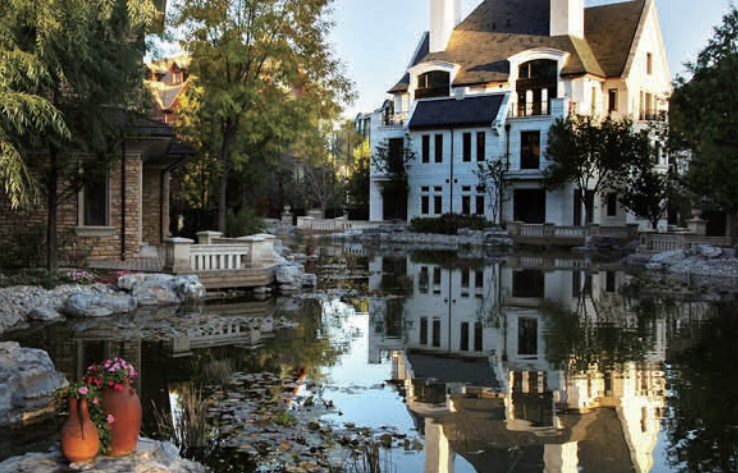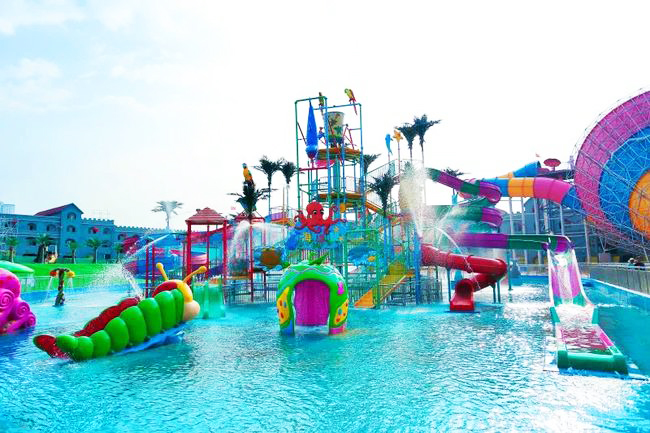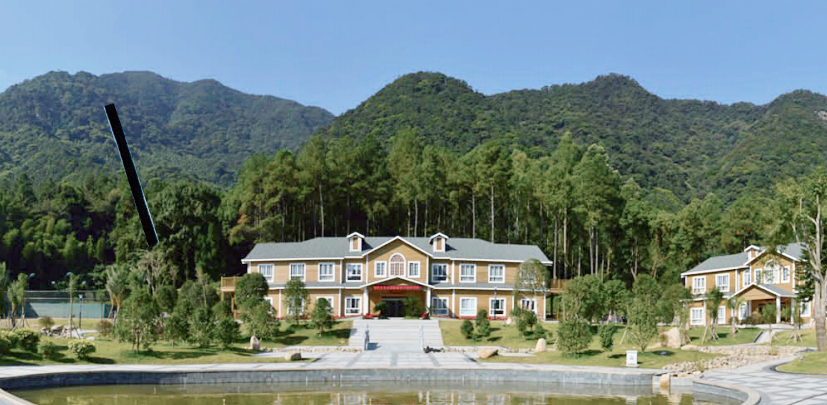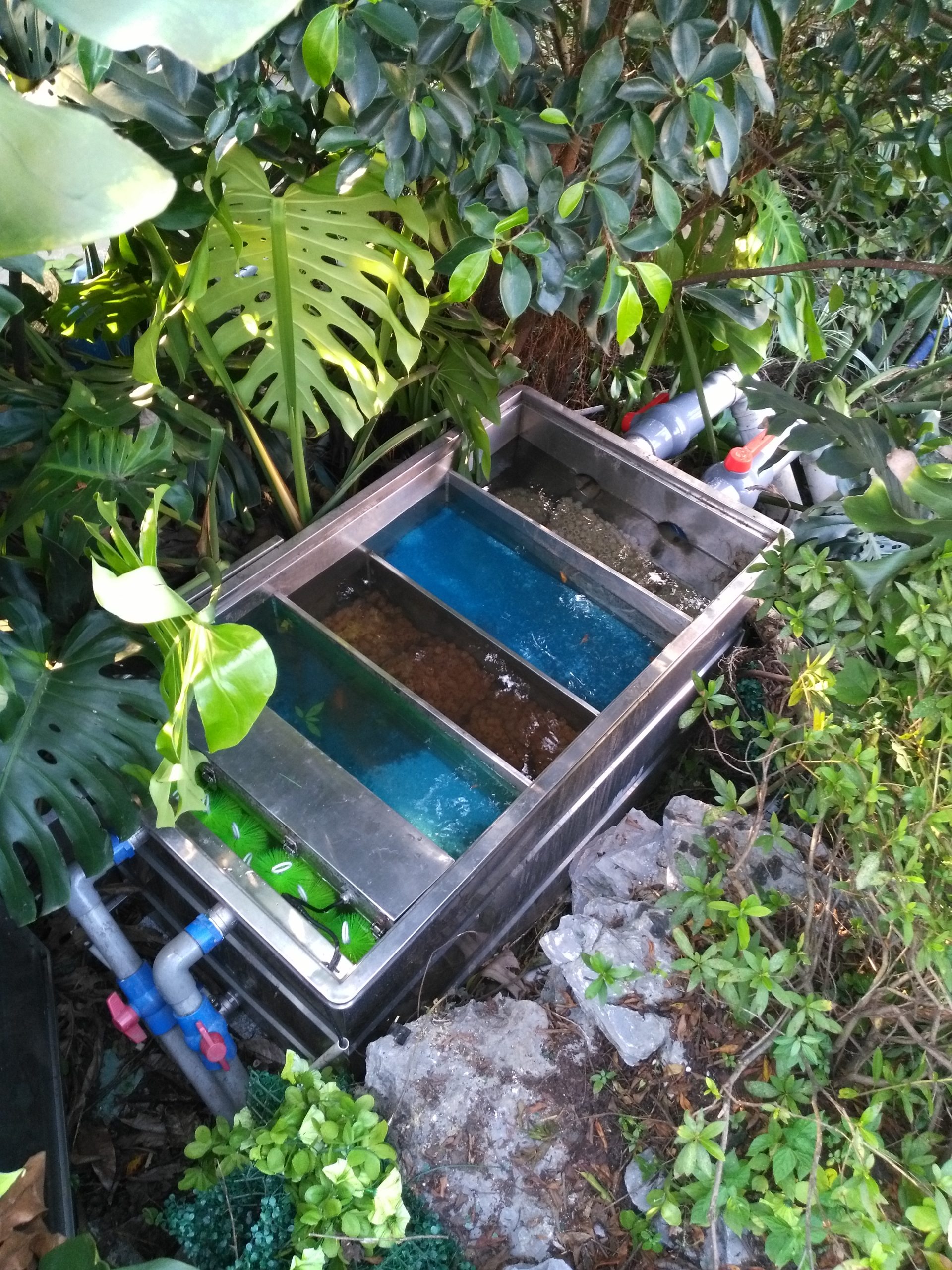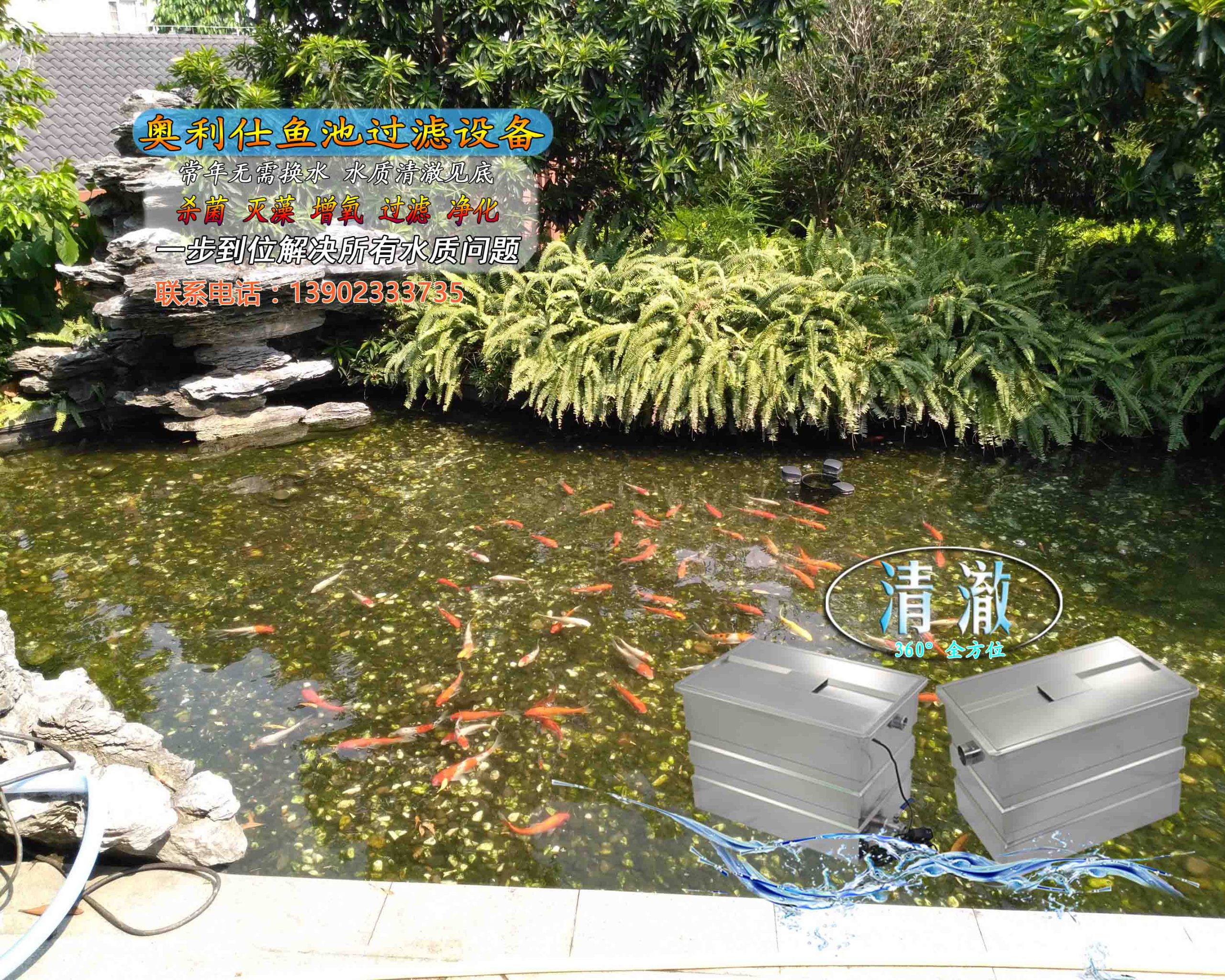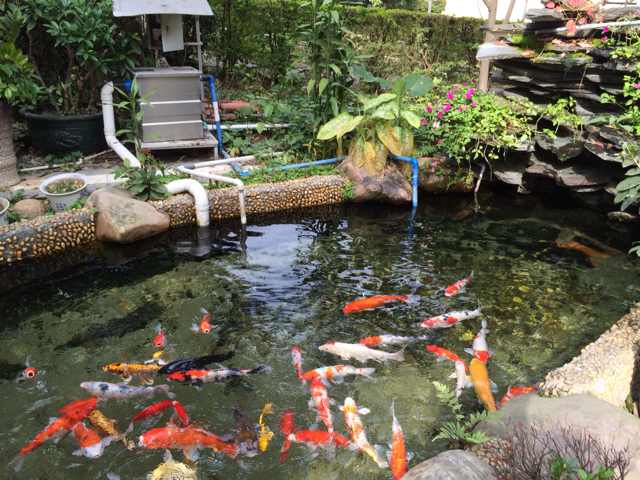common problems
contact details
 Ollies (Guangzhou) Recreation and Sports Equipment Co.
Ollies (Guangzhou) Recreation and Sports Equipment Co.Tel: (020) 82686289
Fax: 020-82694853
Headquarter: No.31-37, Xincun 2 Road, Shangjiang North Street, Dongzhou Village, Xintang Town, Zengcheng City, Guangzhou, Guangdong, China
How should you care for your koi pond in the Spring, are you ready?
Spring and fall are the most active seasons for parasites, and for the "living jewels in the water" - koi - it is also a period of high incidence of fish diseases. Now that the winter has passed safely, how should we take care of koi in the warm spring season?
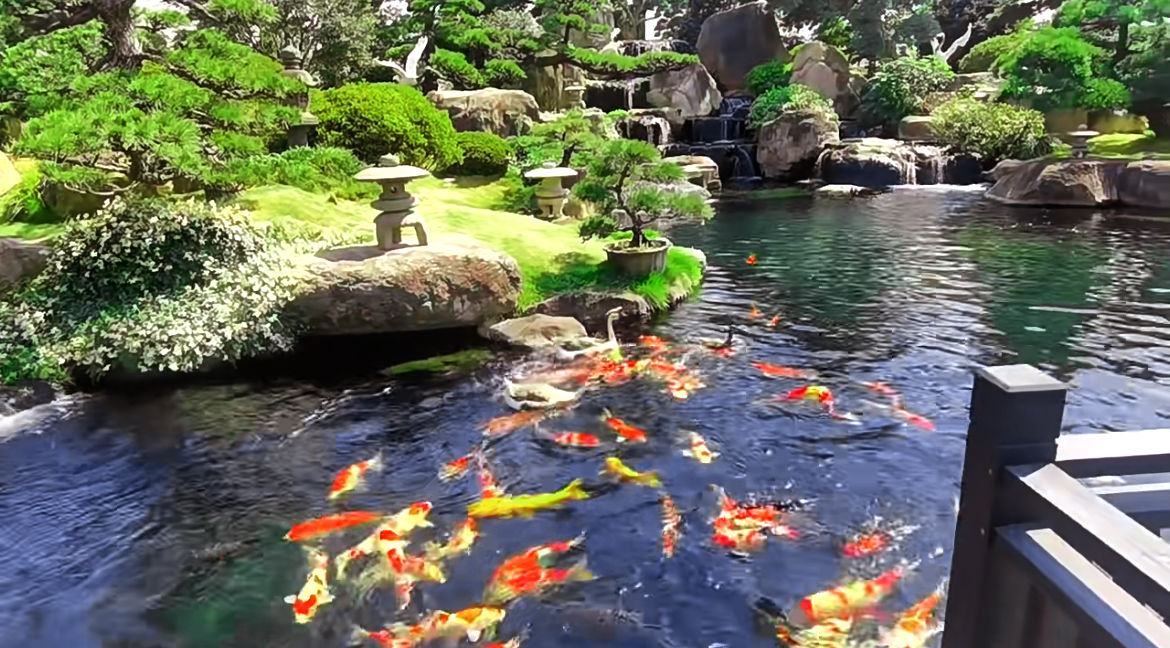
I. Clean water quality:
The water quality of fish ponds after wintering is generally in an aged state. The lower layer of the water body (especially the deeper koi ponds) tends to accumulate too much ammonia, nitrite and other toxic and harmful substances, and the water quality is poor.
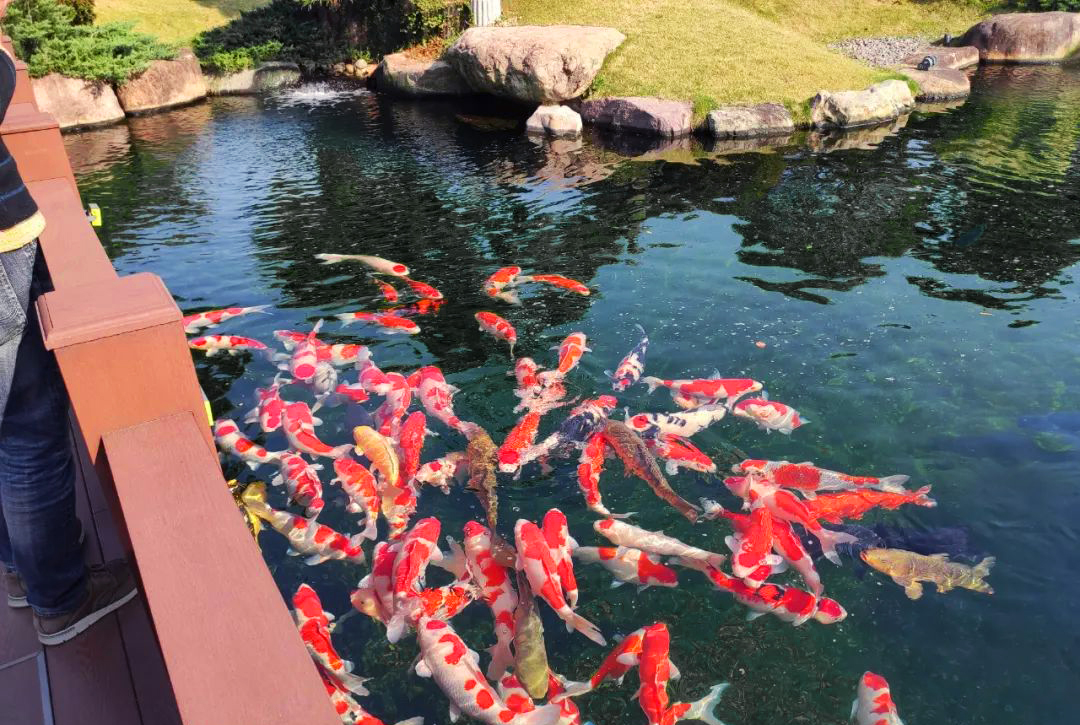
Therefore, it is necessary to add the right amount of new water, but not too much at one time, it is recommended that many times a small amount to prevent the water temperature fluctuations are too large; check the filtration system, cleaning or replacement of fittings; cleaning of filter material, oxygenation and aeration.
In addition, when the water temperature reaches above 10C, various bacteria begin to multiply rapidly. Parasites are gradually active, and it is necessary to do a good job of killing insects and sterilizing the fish pond. Special attention is paid to the fact that the insecticide is not required to shut down the filtration system, no need to change the new water after killing, change the water after 24 hours 20%, and then carry out a double killing.
Second, control feeding:
In addition, there is a need to control the amount of feeding andFeed quality. The right amount of high quality feed is good for the healthy growth of koi, overfeeding can lead to deterioration of water quality and obesity of koi, affecting their health.
3. Observe the state of koi feces. Healthy koi feces are usually thin, translucent or brownish-black in color.And the surface has a transparent filmIf the color changes, pay special attention.
4. Feeding time.From early spring to the rainy season, you should control the amount of feeding, and do not feed when the temperature (water temperature) is predicted to drop due to rain or sunset, etc. It is best to feed when the temperature is rising. It is best to feed when the temperature is rising, but not when the temperature is rising and falling, or when the temperature is falling all the time.
Before sunrise and after sunset, it is recommended that you just don't feed.
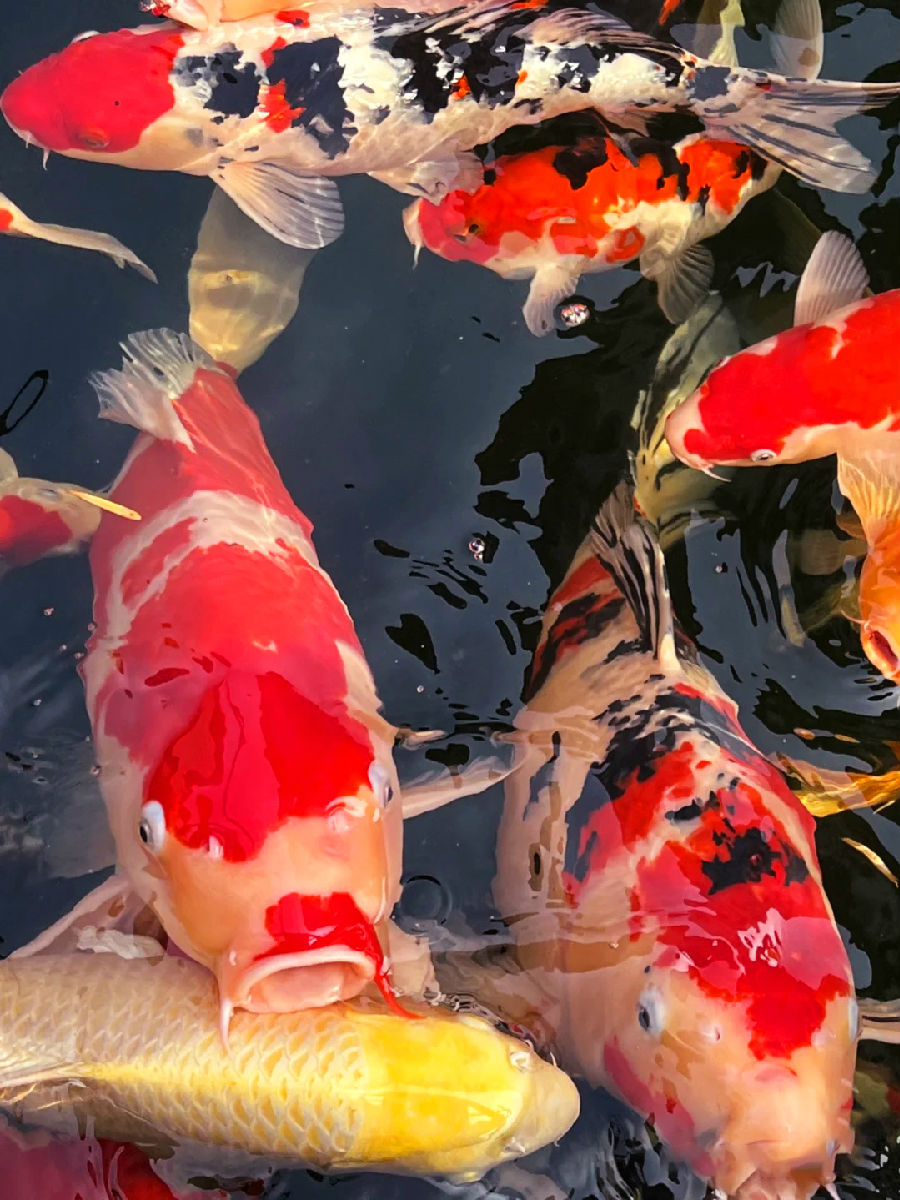
5. Depending on the water temperature feeding. That is, we feed fish food, must be based on the water temperatureCome on, that's the most scientific way to feed.
III. Water temperature management:
Spring temperatures are more unstable and you should keep a good handle on the water temperature. Too low a water temperature will slow down the metabolism of the koi and affect their health; too high a water temperature will increase the harmful substances in the water, leading to poor water quality and diseases. Therefore, it is necessary to increase or decrease the water temperature according to the local temperature and the habits of the koi.
When the water temperature rises to about 25℃, the biochemical filtration system of the koi pond should be thoroughly cleaned. After cleaning, the water in the koi pond will easily turn green due to the change in the proportion of bacteria, and it is necessary to turn on the sterilizing system 24 hours a day at this time to avoid greening of the water in the pond. About two weeks or so, you can occasionally shut down the UV sterilizer, keep the circulating filtered water circulating every 1.5 hours, and turn on the oxygen pump from 21:00 at night to 6:00 in the morning of the next day.
IV. Pest control:
Spring is a high season for many diseases and pests, and koi need to be checked regularly for health and control of diseases and pests. When purchasing new koi, it is important to check their health to prevent koi carrying diseases from entering the pond.
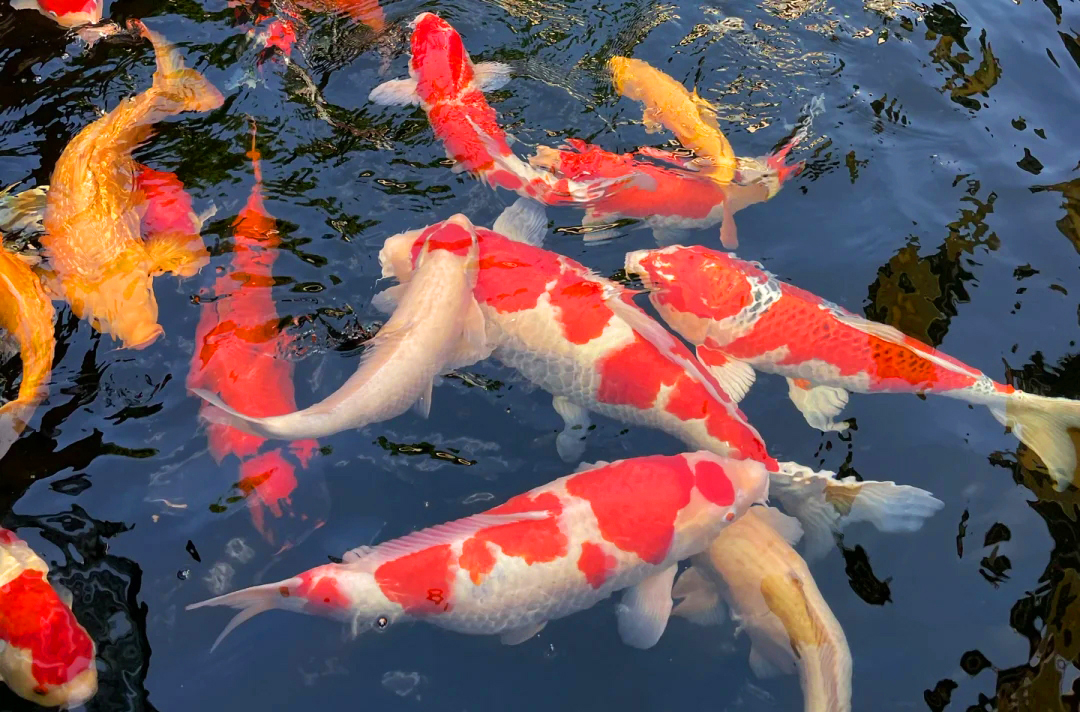
Typically, hair algae grow at an alarming rate due to the immaturity of the filtration system, especially in the spring when the beneficial bacteria are dormant and have not begun to work.
So, is a mature fish pond filtration system immune to hair algae?
The answer is no. Hairy algae can occur in mature filtration systems as well, but the cause is quite different and often due to nutrient overload.
Related content
- Don't let rotting tails affect the koi's aesthetics
- What kind of water is good for fish? Talking more about green water for fish
- What to do if the water in your fish pond is unclear? How to keep the water fresh and clear
- Are you ready for the golden age of koi growth?
- What causes new koi to get sick easily?
- Case Sharing--Foshan Shunfeng Mountain Park 3600 square meters landscape pool purification project
- Case Sharing||Huizhou-- Intelligent Terminal Beidou Industry Production Project Fountain Fish Pond Purification Project
- Guangdong Guanyinshan National Forest Park 300m³ landscape fish pond purification project

